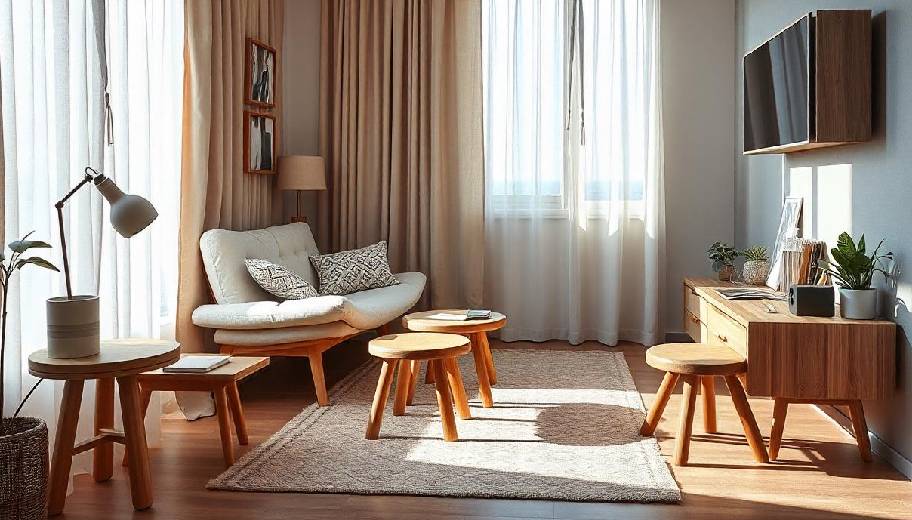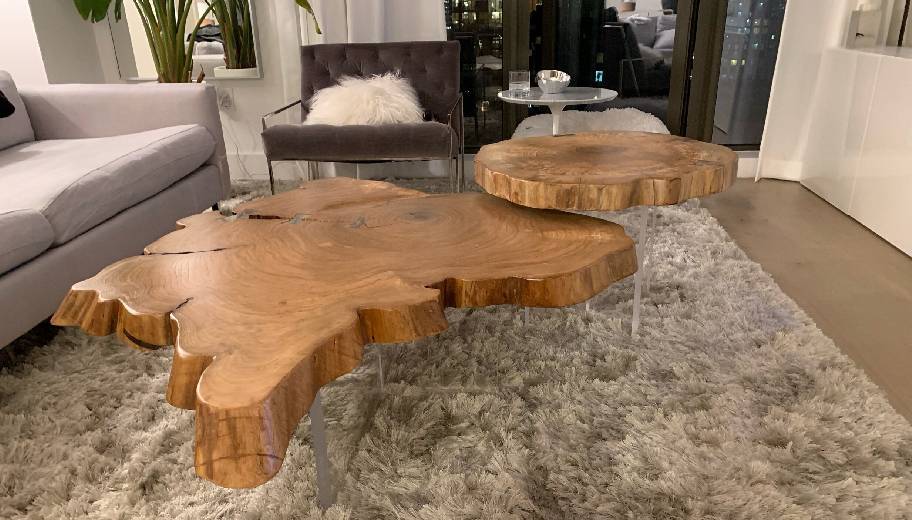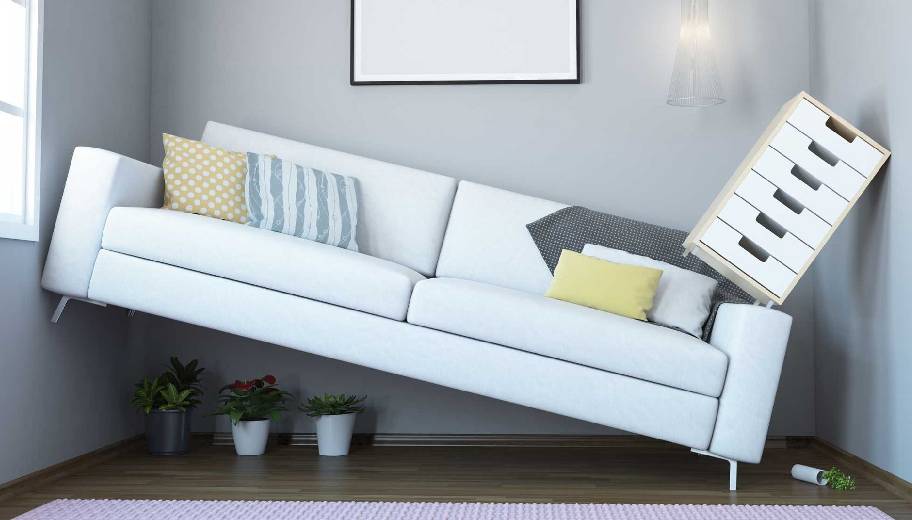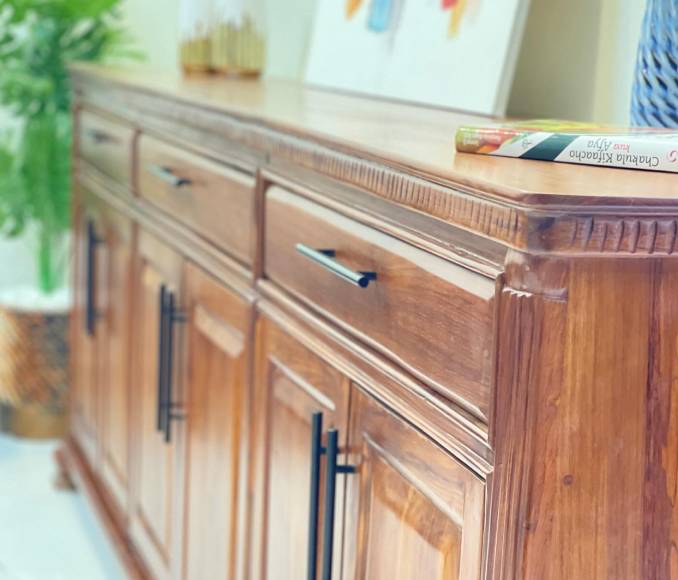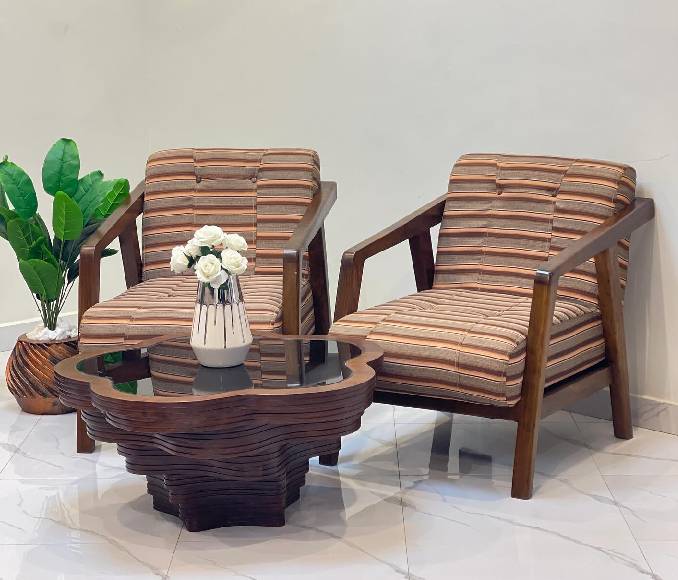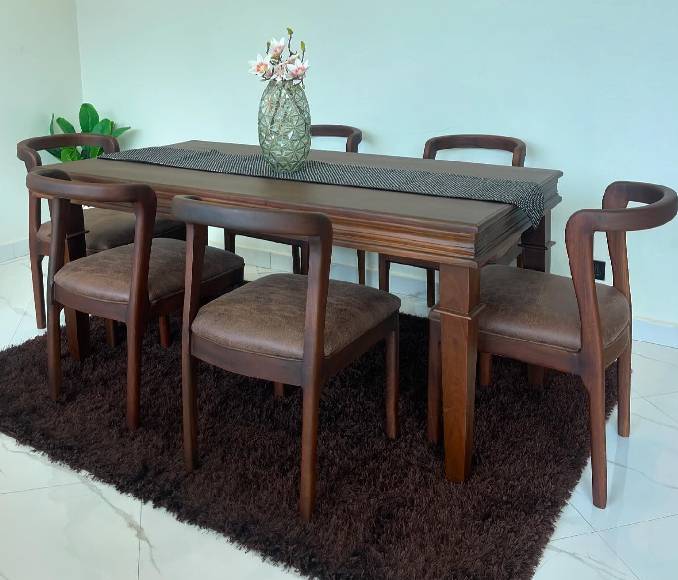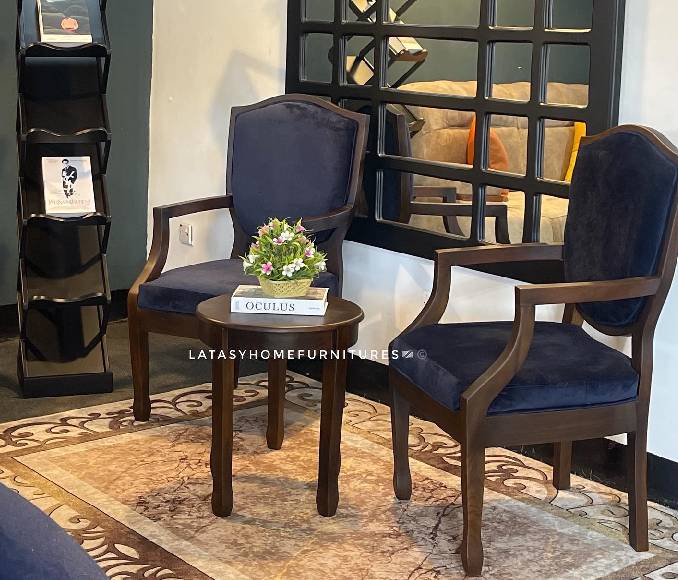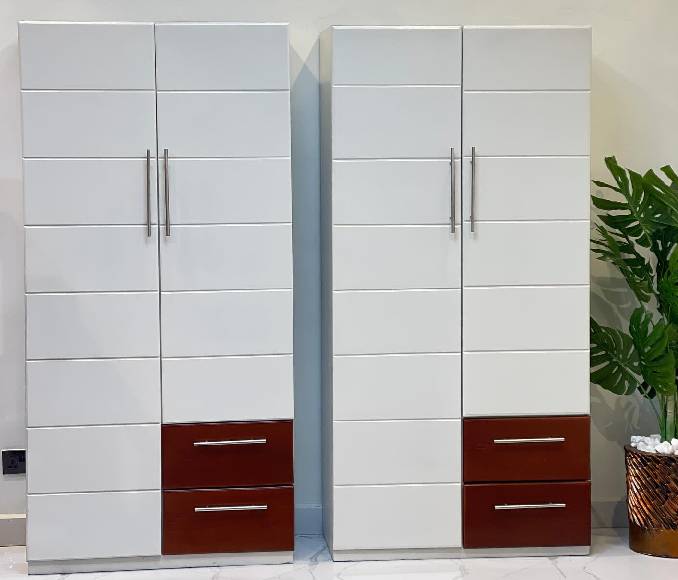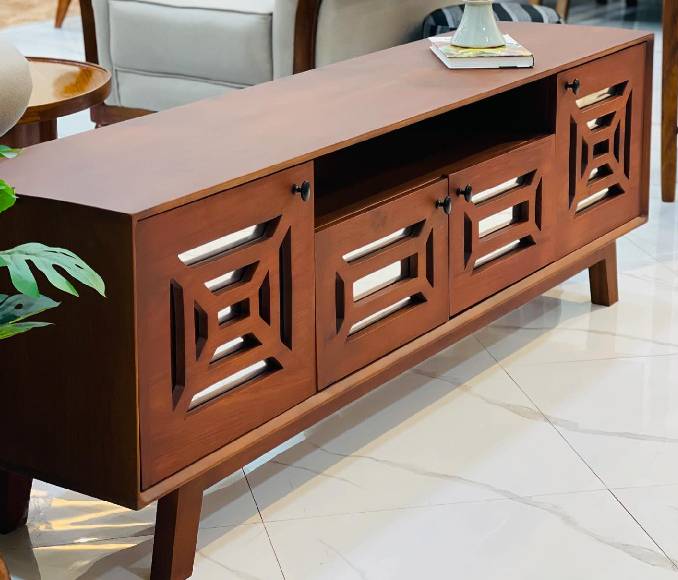How to Prevent Damage to Wooden Furniture: Tips for Longevity
Wooden furniture adds warmth, character, and timeless beauty to any space, making it a popular choice in homes around the world. However, wood is a natural material, and without proper care, it can easily show signs of wear, damage, or aging over time. Whether you own handcrafted pieces from Latasy Furniture or vintage heirlooms, keeping your wooden furniture in good condition ensures its durability and lasting appeal.
Here’s how to protect and maintain your wooden furniture for longevity:
1. Avoid Direct Sunlight Exposure
Prolonged exposure to direct sunlight can cause wooden furniture to fade, discolor or crack over time. UV rays break down the wood fibers and damage its finish. To prevent this:
- Position furniture away from windows that get a lot of direct sunlight.
- Use curtains or blinds to filter the sunlight.
- Consider rotating furniture periodically to ensure even exposure.
2. Control Humidity and Temperature Levels
Wood is sensitive to changes in humidity and temperature, which can cause it to expand or contract. This may lead to warping, cracking, or loosening joints. To protect your furniture:
- Keep indoor humidity levels between 40-55%.
- Avoid placing wooden furniture near heat sources like radiators, fireplaces, or heating vents.
- Use a humidifier in winter and a dehumidifier in summer if needed to maintain optimal humidity levels.
3. Use Protective Pads and Coasters
Wood surfaces can be easily scratched, dented, or damaged by heat, moisture, and heavy objects. To prevent damage:
- Place felt pads under heavy items like vases or lamps.
- Use coasters for glasses and mugs to avoid water rings and heat marks.
- Add tablecloths or placemat to dining tables during meals to protect the surface from spills, heat, and scratches.
4. Clean Regularly, But Gently
Regular cleaning keeps dirt, dust, and grime from building up on your wooden furniture, but harsh cleaning methods can damage the wood. Follow these tips for safe cleaning:
- Dust your furniture regularly with a soft, dry cloth (such as microfiber) to avoid scratching the surface.
- For deeper cleaning, use a damp cloth with a mild soap solution, then dry immediately with a soft towel.
- Avoid using harsh chemicals, ammonia-based cleaners, or abrasive scrubbers that can strip away the wood’s protective finish.
5. Polish and Wax Occasionally
Polishing your furniture can help preserve its natural luster and protect the wood from environmental factors. Waxing provides an additional layer of protection. Here’s how to do it:
- Use a high-quality furniture polish or beeswax polish, but be cautious not to overdo it—polish buildup can dull the finish.
- Apply polish or wax with a soft cloth in the direction of the wood grain.
- Avoid silicone-based polishes, as they can create a sticky film that attracts dust.
6. Prevent Scratches and Dents
Wood is prone to dents and scratches from daily use, especially in high-traffic areas. To minimize these risks:
- Keep sharp objects, such as keys or pens, away from wooden surfaces.
- Avoid dragging items across the surface, especially heavy or rough-bottomed objects.
- Teach children and guests to handle the furniture with care to prevent accidental damage.
7. Handle Spills and Stains Immediately
Accidents happen, and when they do, it's important to address them quickly to avoid permanent damage:
- Blot spills immediately with a clean, dry cloth—don’t rub, as that can spread the liquid and push it deeper into the wood.
- For sticky residues or stains, gently wipe the area with a damp cloth, then dry it immediately.
- For water rings or heat marks, try gently buffing the area with a soft cloth and a small amount of baking soda or toothpaste (not gel) to remove the mark without damaging the finish.
8. Consider Professional Maintenance
For vintage or high-end custom furniture, professional maintenance may be required to keep the piece in top condition. Over time, finishes can wear down, and joints may loosen. It’s a good idea to:
- Hire a professional furniture restorer to refinish or repair your furniture when necessary.
- Regularly check for loose joints or other signs of structural damage, especially for older or frequently used pieces.
Conclusion
With proper care, wooden furniture can last for generations, maintaining its beauty and function for years to come. By following these simple tips—protecting against environmental damage, cleaning gently, and addressing issues immediately—you’ll ensure that your wooden furniture remains in excellent condition. Whether your furniture is a custom design from Latasy Furniture or a cherished family heirloom, a little effort can go a long way in preserving its elegance and longevity.



